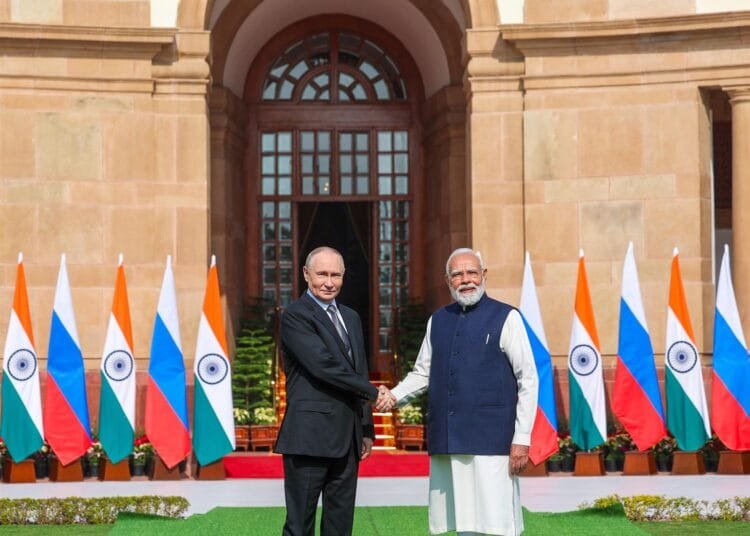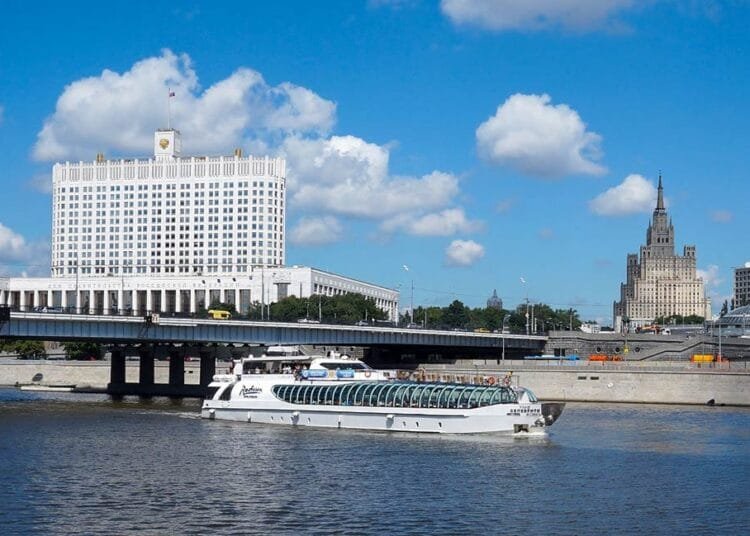Indian export to the EU surged 57% to US$65 billion in FY 2021-22
Minister for Commerce and Industry Piyush Goyal and European Commission Executive Vice-President Valdis Dombrovskis have formally re-launched the India-EU Free Trade Agreement (FTA) negotiations.
Besides, negotiations were also launched for a stand-alone Investment Protection Agreement (IPA) and a Geographical Indicators (GIs) Agreement, said a joint statement on 17 June 2022 from Brussels.
The first round of negotiations for all the three agreements will be held from 27 June to 1 July 2022 in New Delhi.
In the India and EU Leaders’ Meeting held in Porto on 8 May 2021, an agreement was reached for resuming negotiations for a balanced, ambitious, comprehensive and mutually beneficial FTA as well as starting fresh negotiations on the IPA and a separate agreement on GIs.
Both partners are now resuming the FTA talks after a gap of about nine years since the earlier negotiations were left off in 2013 due to difference in the scope and expectations from the deal.
The European Commission President Ursula von der Leyen’s Delhi visit in April 2022 and the Prime Minister Narendra Modi’s recent visit to Europe have accelerated the FTA discussions and helped in defining a clear roadmap for the negotiations.
This would be one of the most significant FTAs for India as EU is its second largest trading partner after the US.
The India-EU merchandise trade has registered an all-time high value of US$116.36 billion in 2021-22 with a year-on growth of 43.5%.
India’s export to the EU jumped 57% in FY 2021-22 to US$65 billion. India has a surplus trade with EU.
Considering that both partners have similar fundamental values and common interests, the trade deal will help to diversify and secure the supply chains, boost economic opportunities for businesses, and bring significant benefits to the people.
Both sides are aiming for the trade negotiations to be broad-based, balanced and comprehensive, based on the principles of fairness and reciprocity.
There will also be discussions on resolving the Market Access Issues which are impeding the bilateral trade.
While the proposed IPA would provide a legal framework for cross-border investments to enhance the confidence of investors, the GI pact is expected to establish a transparent and predictable regulatory environment, to facilitate trade of GI products including handicrafts and agri-commodities.
Both parties are aiming to negotiate all the three agreements in parallel and conclude them simultaneously.
India earlier this year has concluded FTAs with Australia and the UAE in a record time.
The FTA talks with Canada and the UK are also underway.
The FTA negotiations are part of India’s broader strategy to forge balanced trade agreements with key economies and revamp existing trade pacts to improve trade and investment. fiinews.com











